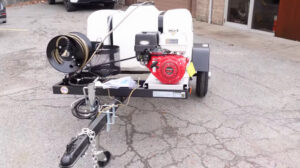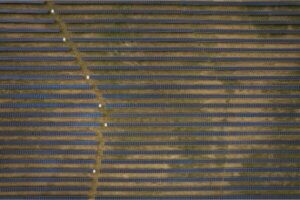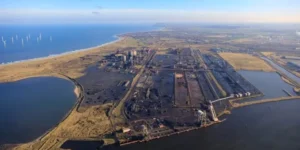The role of dust monitor in protecting public health

Airborne dust can prove to be a handful when human health is concerned. The inconvenience can get deadly in bustling cities where urbanization is taking place at a rapid pace. The ill effects of air pollution can silently creep in everywhere and pose a threat to our well-being. Schools, hospitals, and workplaces, none of these places are safe from it. Apart from urban development, rising vehicle emissions and industrial activities are all contributing to air pollution. Thus, it has become indispensable to monitor and control dust exposure wherever it reaches threatening levels.
This is where a dust monitor can prove to be of great help. These are powerful tools and are powered by technology and are designated for public health protection. Without much ado, let us explore the ways in which dust monitoring can play a significant role in safeguarding the most vulnerable places and of course the people who visit these areas daily.
Why dust monitoring matters
Any city that is on the verge of regularly upgrading its infrastructure with the aim of progressing has to deal with issues like traffic congestion and widespread industrial operations. All these activities tend to generate a huge amount of particulate matter (PM) in the air. The ones measured as PM 2.5 and PM 10 are small and can penetrate the respiratory system leading to a wide array of health issues.
Effects of air pollution in schools
Children are very much vulnerable to air pollution, their lungs are still at a developing stage and they have higher breathing rates. In urban areas where construction and traffic are a common problem near schools, exposure to such pollutants can make these children ill.
Uses of dust monitoring in schools
Implementing dust monitoring systems in schools can have widespread advantages. Since these systems offer real-time monitoring, early warning systems can be deployed. The staff is instantly alerted which leads them to take the necessary steps like keeping children indoors and activating air purifiers. Furthermore, schools can optimize HVAC systems based on real-time air quality data. With the data in hand, the results can be used to make the children aware of environmental responsibility and safeguarding their health.
Therefore, by integrating smart dust monitors in and around school premises, authorities can now ensure a cleaner and safer learning environment.
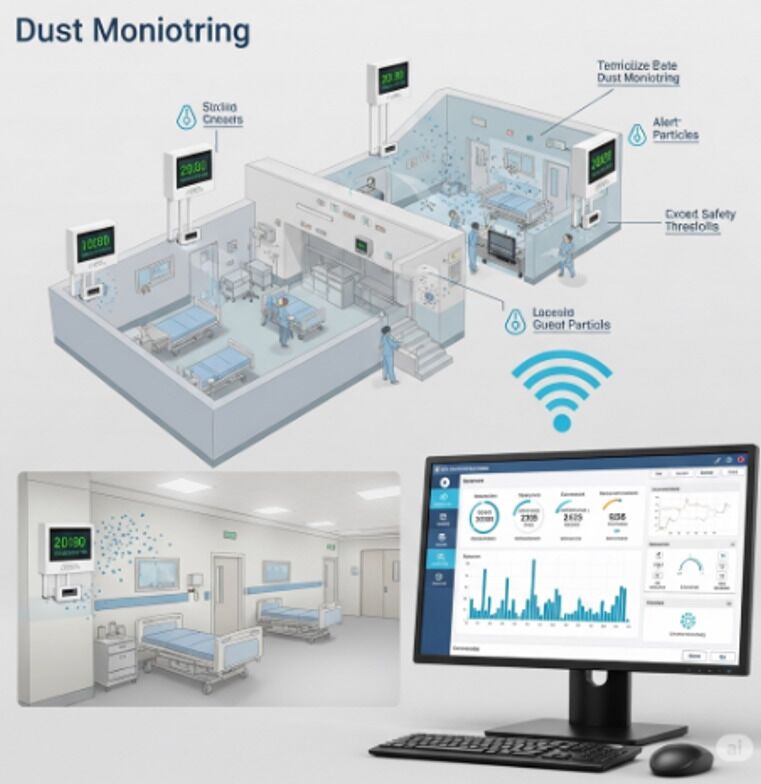
Dust monitoring
Hospitals where health matters
Naturally, the occupants in the hospitals are dealing with some health issues. It makes them even more vulnerable to air-borne dust particles. They can jeopardize the health of the already suffering people by aggravating allergens, and bacteria. By introducing dust monitors in hospitals the authorities can put a leash on infections, as regular monitoring of air quality helps them to identify contamination risks before they go out of control.
Crucial places in the hospital like the operation theaters and ICUs require the cleanest air, dust monitors can ensure filtration systems are working accurately in these places. The people working in these hospitals often need to stay there for long shifts. They are protected from prolonged exposure to air pollution.
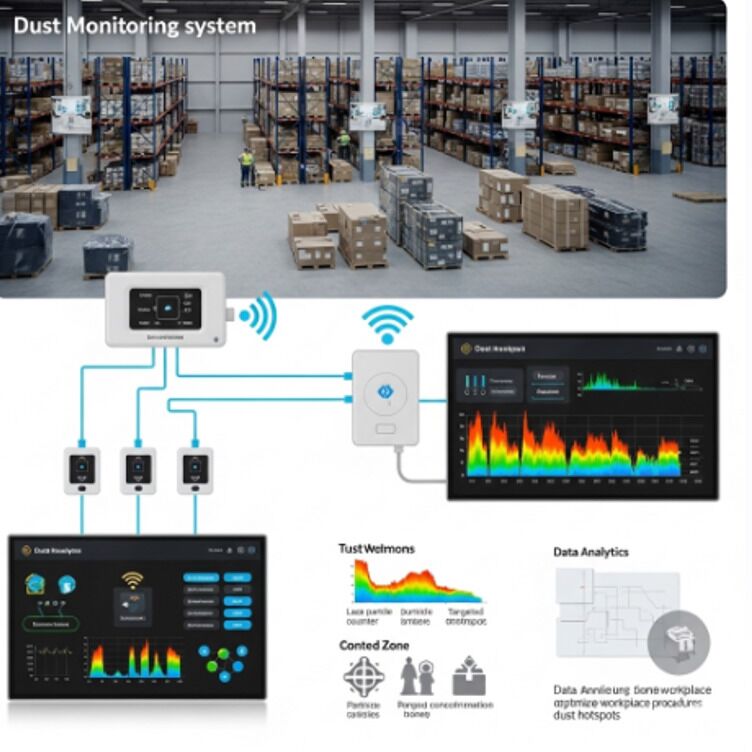
Dust monitoring system
Workplace protection
Regardless of whether someone is working in a quiet office or dealing with machinery on the construction site, each of these places has some kind of dust risk. As it is understandable, construction sites and industrial operations are the main locations where air pollution is at the highest, even office buildings can suffer from poor indoor air quality due to various issues.
Establishing dust monitoring systems in workplaces can help overcome the aforementioned problems. Moreover, Safe Work Australia makes it mandatory for every employer to provide clean air. With dust monitoring it is now possible. Cleaner air will let the employees focus more on their work, reducing sick days. If necessary, the collected data from the dust monitors can be utilized to change working shifts and make necessary changes.
The technology behind dust monitoring
Modern dust monitors are equipped with features that can instantaneously help in regulating air quality, its features are as follows:
- These smart devices offer real-time measurement for all types of air-borne dust particles.
- The tool offers access to cloud-based reporting.
- Automated alerts and data logging can be utilized in the long run to good effect.
- Dust monitors can be integrated with ventilation and filtration systems for best results.
Final words
Dust monitoring is only the first step in overcoming air quality issues. Based on the reports and data of the dust monitoring systems adequate measures have to be taken in the places mentioned here i.e. schools, hospitals, and workplaces to defend against the threats of air pollution.
